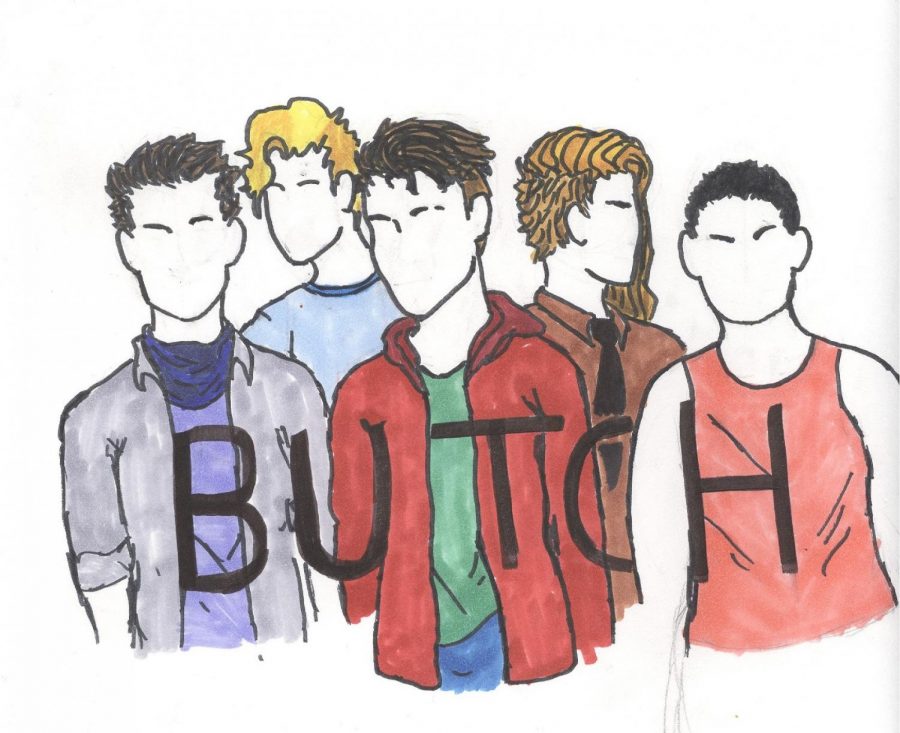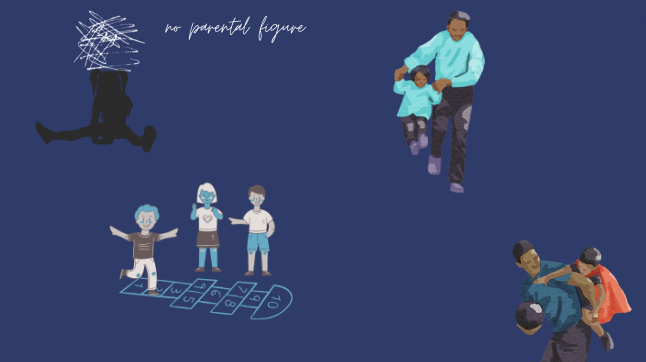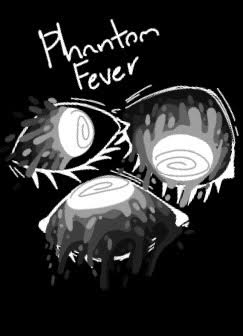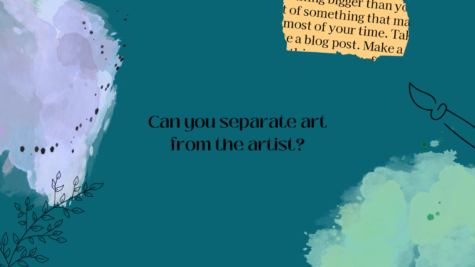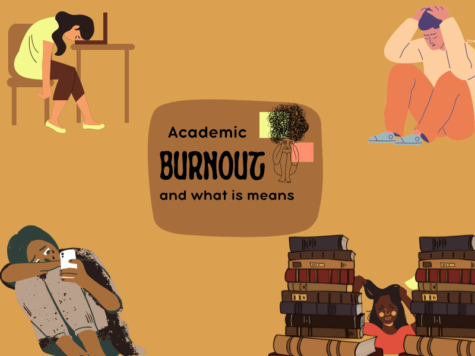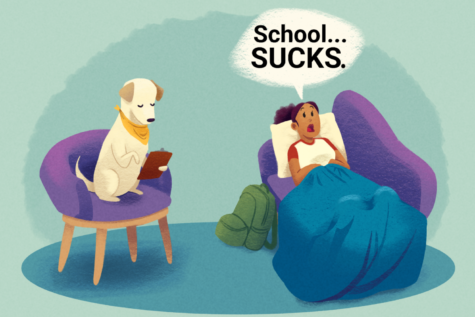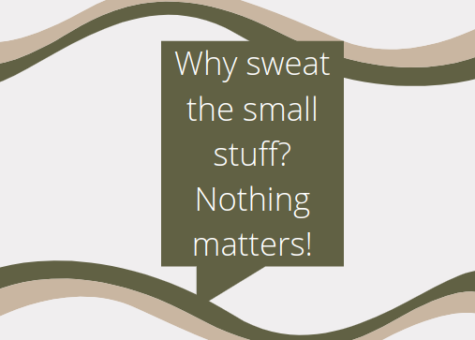What It Means to be Butch
February 19, 2019
The LGBTQ+ community has many slang terms for the various identities within the community, which encompass sexuality and gender identity. These terms are most frequently used to denote an individual’s sexual orientation and physical presentation. A butch, for example, is a lesbian who dresses and presents in a masculine-of-center manner.
Jordan Harvey, a senior at Taylorsville High School and a nonbinary butch lesbian, says “I identify myself [as butch], not just because it feels right, but because of who I am. Being butch is much more than just presenting masculinity in the lesbian community, or replacing the man in a relationship.”
This concept which Harvey mentions offhandedly– that lesbians are “replacing the man” in a gay relationship– is the fictitious basis for several decades of discrimination against butch lesbians, both within the LGBTQ+ community and outside of it.
The incorrect belief that butch lesbians intend to echo cisgender heteronormativity often leads to the conclusion that butch lesbians (in presenting masculine-of-center style and behavior) have the worst characteristics of toxic masculinity, including predatory sexual behaviors, being rude and inflammatory, and perceiving women as objects.
However, this assumption is incorrect and inherently fails to recognize that butch lesbians also experience gender and sexual discrimination.
“I sometimes get mistaken for a guy, which prevents a lot of things like unwanted attention from men, and having the benefits of male privilege,” Harvey states. “Most of the time, however, people have no idea how to approach or what to say to me because they don’t want to offend me, or to assume what gender I am (they’re always wrong) because there aren’t quite any giveaways as to what I am.”
Masculine-of-center lesbians have always existed but were first known as butches in the 40s as the feminist movement evolved. In an article about butch identity, journalist Caitlin Cruz discussed how these butch women most often presented masculine as a form of protest towards the perceived gender binary and were largely a part of impoverished socioeconomic classes. As lower class, gay, and masculine, these women were especially vulnerable to police brutality and imprisonment.
According to Timothy Steward-Winter, a professor of history at Rutgers University, “Places that catered to women endured mass arrests more often because lesbians—simply by being part of a subculture organized around ‘butch’ and ‘femme’ forms of gender expression—were treated as violators of local and state laws.”
As feminism became increasingly popular in the upper middle class during the 70s, the butch identity was derided as reinforcing notions of heterosexuality. To this day, butch lesbians in masc-fem relationships are continually perceived as participating in heterosexism, and frequently experience harassment or violence because of it.
While discrimination against all types of lesbians occurs on a frequent basis, butches have been and continue to be more frequently targeted as victims of violent discrimination because they are easier to identify as not fitting within the heterosexual, cisgender binary.
Former comedian and butch lesbian Hannah Gadsby, when describing how she had been violently beaten for being gay, phrased her butch experience as this: “If I’d been feminine, that would not have happened. I am incorrectly female. I am incorrect, and that is a punishable offense.”
Furthermore, as gender is increasingly recognized as a spectrum, more and more women are choosing to define their style as fluidly feminine and masculine. Because of this, butches are frowned upon for not being feminine enough, or are expected to come out as transgender and transition. Butches have increasingly been called a “dying breed” by news outlets.
Regardless of whether or not butch identities have become more muted, butch lesbians should continue to be proud within their complicated identities.
“Thankfully, the butch behaviour of old – such as smoking cigars, going to strip clubs, and parodying classic male behaviour – is dying out. Rejecting gender rules, rather than reinforcing them to attempt to subvert them, is surely the way to go.” (Julie Bindel)

